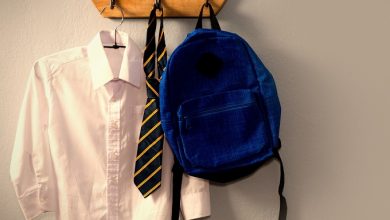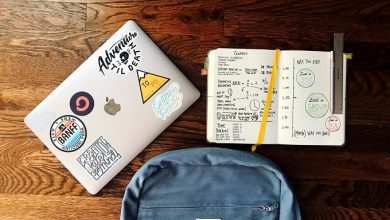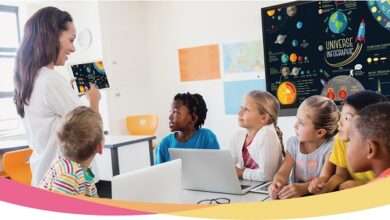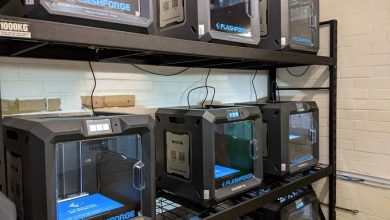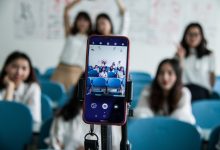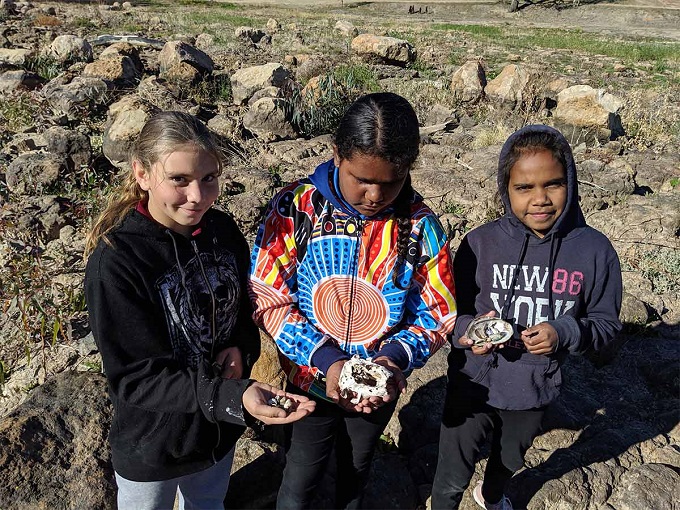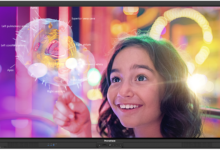Wow Factor: Broadcasting Studios For Schools
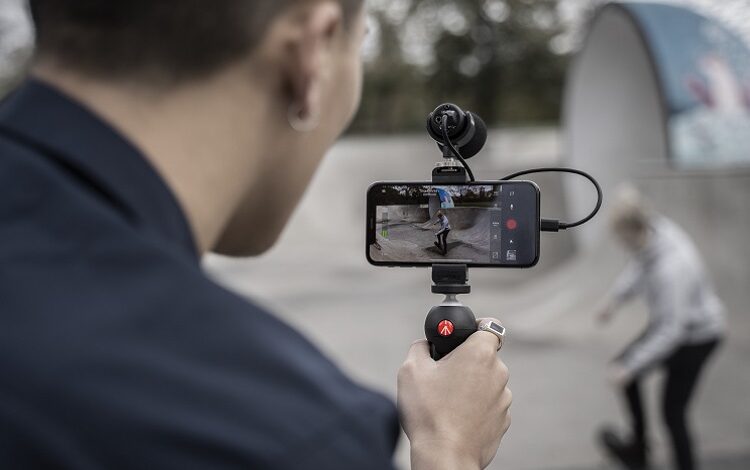
Podcast and media production are ideal projects to feature on a digital technologies curriculum but not every school knows how to implement them.
The full Term 4 issue is now available to view online here.
Podcasts are subscription-based audio (and video) files that listeners can download or stream online. They are increasingly popular among young people and the influx of COVID lockdowns has sparked a huge rise in overall audience figures for the medium. Where traditional media such as film and TV has struggled to stay in production during COVID, podcasts have boomed and are especially popular with youth.
According to Edison Research, half of all podcast listeners are between ages 12 and 34—this is a growing media industry and one that teenagers are primed to master due to their tech-savvy nature and curiosity in subject matter–podcasts cover content ranging from hard journalism to science facts, to storytelling, gaming and much more. Schools are catching on quick to the possibilities—student-run podcasts can accomplish what school newspapers or newsletters used to and prove valuable as assessment items. From researching and writing content to learning how to use the recording software and editing features, podcasts can integrate any subject area (whether it’s English, Maths, or Music) with a variety of learning areas (such as innovation and sustainability, analysis, collaboration, problem-solving, and creativity).
But what equipment do students need in order to design, implement, and document their product for assessment? How feasible is it for schools to set up their own broadcasting studio? It can be daunting! So we endeavoured to find out more this issue. We asked two expert suppliers assisting schools around the country for their insights on the ideal broadcasting studio setup.
Bob Caniglia from Blackmagic Design advised: “Students need to learn how to shoot, post and share their media. This means they need to get experience with cameras, lighting, mics, a video switcher and post-production software that lets them edit and color. They need HD quality at the minimum.”
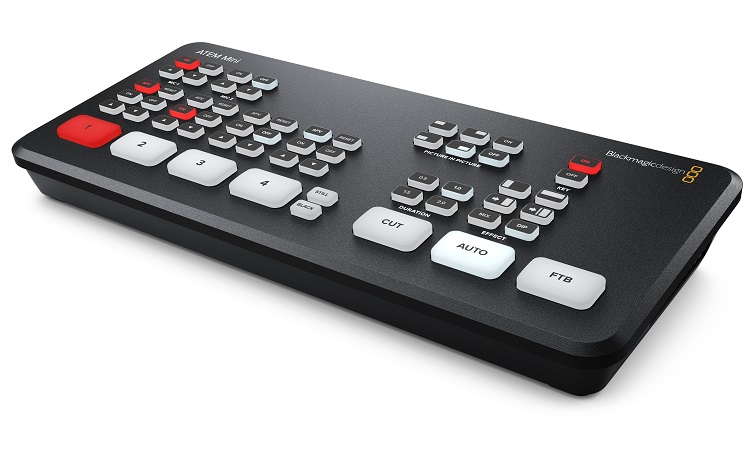
“A core requirement for any school should also be to teach how media is shared and get them prepared for how professionals work. Luckily, high quality broadcast and film technology today is affordable enough that it can fit into most budgets. A full camera and switching set up today costs less than a single lens 20 years ago. Make sure you choose gear that is built to be open and upgradable. And try to avoid software that charges you for upgrades.”
Student streamers all the rage
“Streaming is a trend that needs to be understood by students and most of the schools we speak with have grown their streaming capabilities. I would be surprised if any teaching professional reading this story has not watched a multi-camera class or sporting stream from the school and that is only going to keep happening more and more.
“The great thing for cash strapped school budgets is that multi-camera streaming can be done affordably. You can get a full set up with several cameras, a broadcast quality switcher, lights, and basic audio for less than $5K. With the same technology available to students that is available to Hollywood, sports broadcasters, and the biggest streamers, I don’t see any reason why fiction and documentary work should not be expected of students as part of their coursework.
“Technology is no longer a barrier to students being able to create, and there has been a real blurring of the line between what is typical broadcast news gear and filmmaking gear. DaVinci Resolve software is used by the biggest Hollywood blockbusters and any student can download it for free. And the same ATEM switchers being used in schools are also being used by live broadcasters are also being used to capture drama and multi-camera fictional projects.
“For other uses of a school’s broadcast gear, we see our customers all over the world using their set ups for sports, local town government meetings, virtual classrooms, filmmaking of every kind, etc. In the US, most towns have local access stations that are piggy backing with schools to create all sorts of amazing programs because the schools are where the best gear and help is.”
What resources do you recommend that are available to schools?
“YouTube has an amazing number of tutorials and the filmmaking community in general incredibly helpful. The AFTRS also has a number of great programs across Australia and most cities have very active filmmaking communities.”
Broadcast space to stun students
Samuel Drury, Application Engineer for Technical Systems at Jands informed us: “When it comes to creating a suitable broadcast space that can be used by teachers and students alike, there are some key aspects:
- Acoustics of the room
- Audio equipment
- Lighting equipment
“These are critical for ensuring a professional looking and sounding environment that will play nice for multiple mediums of production. Acoustics refer to taming the reflections within a space. reverberation/echo is a key difference between a low-end and high-end production space.
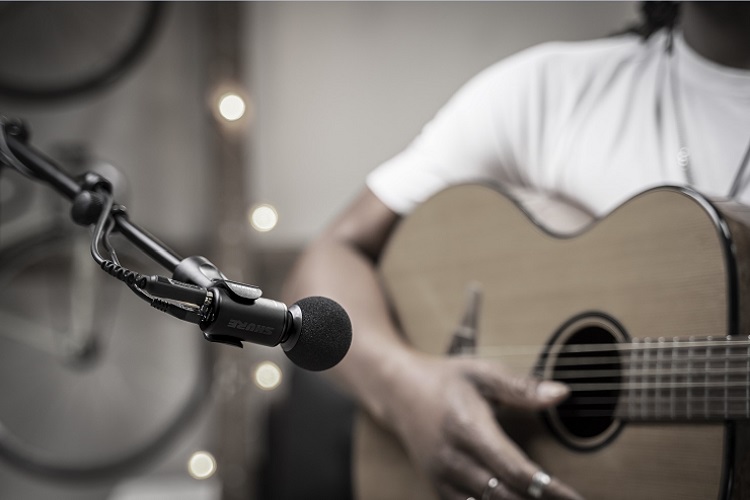
“While a space could have the most high-tech equipment to capture 8K 120FPS content, with microphones that are top of the line, if the reflections within a room aren’t tamed, the quality of that space drops dramatically. It becomes hard to listen and concentrate. Ways to manage this can be with thick curtains, carpet, and acoustic panelling on the walls/roof in podcast rooms especially!
“Audio equipment is next on the list, specifically, microphones. While a great looking camera is useful, a high-quality audio product is essential (with the right applications in mind – think about the difference between recording a guitar and a podcast interview).
“Lighting is important for video podcasts and streaming facilities. Being able to control the space with even lighting allows for green screens and allowing to create depth of field. Relying on general ceiling lights for a video space will create shadows on faces and video recording equipment will struggle.
“Tablets and portable devices are more popular within schools–devices that can plug straight into iPads allow the students to create creative content without having to know the ins-and-outs of professional audio and video equipment. With at-home-learning becoming the norm for schools around the country, appropriate equipment assisted with online lessons, are also making sure teachers are heard and students are engaged.
“Microphones that are equivalent to the quality found on some of the biggest podcasts in the world (found on Spotify and Apple Podcasts) are available as ‘plug and play’ solutions. Look for features like: dynamic or condenser style recording microphones (condensers are great for science projects that require picking up every tiny sound!), high quality pre-amplifications for clean recordings, and headphone playback.
What resources do you recommend that are available to schools?
“The biggest problem the industry does have right now, is the access to educational resources that can inform, while not being too technical about the specifics of how devices work. Jands has multiple free informational webinars available on our website, including online trainings, industry Q&A sessions and deep dives into the latest systems and technology.”

